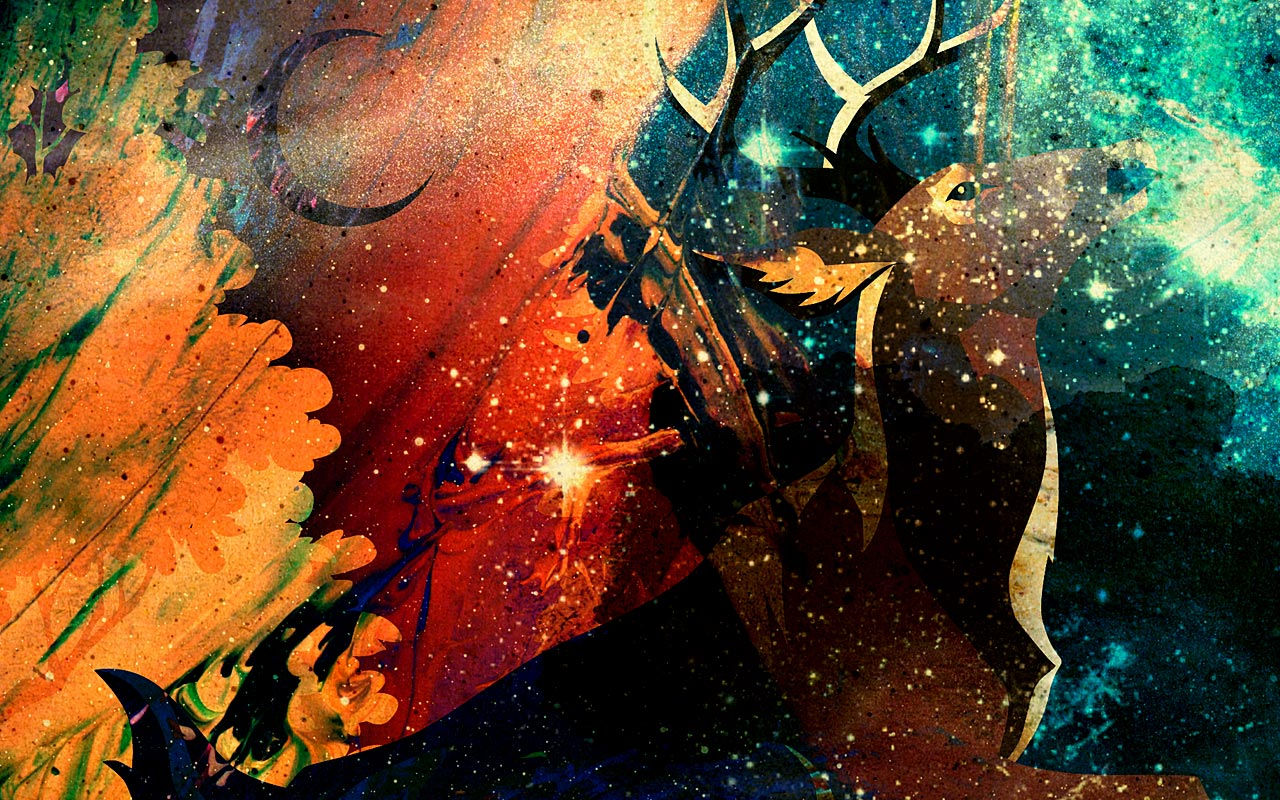Shibuya Crossing: The World’s Busiest Pedestrian Intersection and Tokyo’s Iconic Landmark
- torinaga11
- Feb 17
- 4 min read

Shibuya Crossing, often called the busiest pedestrian intersection in the world, is one of Tokyo’s most iconic landmarks. Located in front of Shibuya Station, this mesmerizing urban spectacle sees thousands of people cross from all directions at once, creating a perfect symbol of Tokyo’s fast-paced energy and modern culture. Whether you’re a first-time visitor or a seasoned traveler, experiencing Shibuya Crossing is an absolute must when exploring Japan’s vibrant capital.
The History of Shibuya Crossing
Shibuya has long been a hub of youth culture, fashion, and entertainment, but its famous scramble crossing emerged in the late 20th century as Tokyo’s infrastructure modernized. With Shibuya Station acting as a major transit hub, the intersection became a natural point of convergence. Over the years, Shibuya Crossing has appeared in countless movies, TV shows, and advertisements, solidifying its status as an international symbol of Tokyo’s urban life.

Why Is Shibuya Crossing So Famous?
1. The Sheer Volume of Pedestrians
At peak times, as many as 3,000 people cross at once, and over 500,000 people pass through daily. This controlled chaos perfectly captures the essence of Tokyo’s energy.
2. The Unique “Scramble” Style
Unlike standard intersections, Shibuya Crossing features an all-direction pedestrian crossing, meaning traffic lights stop vehicles completely, allowing pedestrians to cross freely in every direction, including diagonally.
3. An Iconic Pop Culture Location
Shibuya Crossing has been featured in popular films like Lost in Translation, Fast & Furious: Tokyo Drift, and various anime, making it a globally recognized Tokyo landmark.
4. The Neon-Lit Atmosphere
Surrounded by massive LED billboards, towering skyscrapers, and bustling storefronts, the crossing transforms into an electrifying display of lights and motion, especially at night.
Best Viewing Spots for Shibuya Crossing
For the best experience, you’ll want to watch the crossing from above. Here are some of the best vantage points:
1. Shibuya Sky
Located atop Shibuya Scramble Square, this 47th-floor observatory offers a breathtaking panoramic view of the crossing and the Tokyo skyline.
2. Starbucks Shibuya Tsutaya
One of the most famous viewing spots, this second-floor Starbucks offers large windows directly overlooking the intersection. Grab a coffee and enjoy the view!
3. Magnet by Shibuya 109 (MAG’s PARK)
A rooftop observation deck providing a direct bird’s-eye view of the crossing.
4. L’Occitane Café Shibuya
A quieter alternative with a cozy atmosphere and great views from the second-floor seating area.
5. Shibuya Station Walkway
The footbridge inside Shibuya Station provides an elevated but quick glimpse of the crossing.

How to Experience Shibuya Crossing Like a Local
Cross multiple times – Walk back and forth to take in the experience from different angles.
Visit at night – The neon lights and bustling energy create an even more dramatic effect.
Take slow-motion videos – Capture the cinematic feel of the crossing with a well-timed video.
Look up at the billboards – Shibuya’s towering digital ads add to the futuristic vibe.
Avoid peak rush hours – For a less crowded experience, visit in the early morning or late at night.
Other Attractions Near Shibuya Crossing
After experiencing the crossing, explore these nearby attractions:
1. Hachiko Statue
The famous loyal Akita dog, Hachiko, has a statue near Shibuya Station, a must-visit for history and dog lovers.
2. Shibuya Scramble Square
A massive shopping and dining complex with luxury brands and panoramic views.
3. Center Gai Street
A lively pedestrian street filled with fashion stores, arcades, and local eateries.
4. Shibuya 109
The iconic fashion mall catering to Tokyo’s trendsetting youth culture.
5. Nonbei Yokocho (Drunkard’s Alley)
A hidden alley with traditional izakayas (Japanese pubs) serving local food and drinks.

Best Time to Visit Shibuya Crossing
Shibuya Crossing is busy throughout the day, but certain times offer different experiences:
Morning (6 AM – 9 AM): Less crowded, great for clear photos.
Afternoon (12 PM – 5 PM): Moderate crowds, ideal for general sightseeing.
Evening (7 PM – 11 PM): Peak crowds and spectacular neon lights make this the best time for the ultimate experience.
How to Get to Shibuya Crossing
Shibuya Crossing is located directly in front of Shibuya Station, one of Tokyo’s largest transportation hubs. You can reach it via:
JR Yamanote Line – The most convenient line for tourists.
Tokyo Metro Ginza, Hanzomon, or Fukutoshin Line – Directly connected to Shibuya Station.
Keio Inokashira Line – A great option for those coming from western Tokyo.

Tips for Photographing Shibuya Crossing
Use a wide-angle lens – To capture the massive crowd and surrounding billboards.
Shoot from above – Take advantage of the Starbucks, Magnet, or Shibuya Sky views.
Try long exposure – Capture the movement of people and lights for a dynamic effect.
Position yourself near the center – Stand near the Tsutaya building for a straight-on shot.
Shibuya Crossing is more than just a busy intersection—it’s a living, breathing symbol of Tokyo’s energy, culture, and modernity. Whether you’re walking through its crowds, capturing its neon-lit vibrance, or admiring it from above, this iconic landmark is a must-see for any visitor to Japan. No trip to Tokyo is complete without experiencing the organized chaos of Shibuya’s world-famous scramble crossing.


Comments